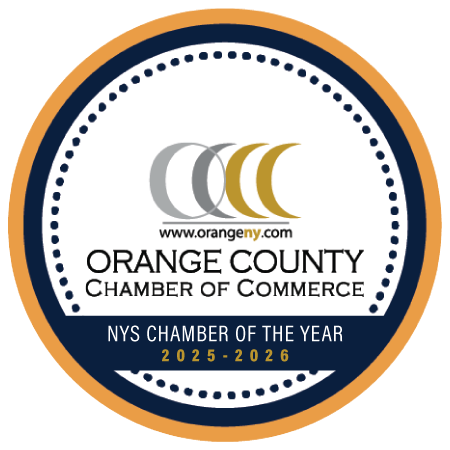How Businesses Can Build a Bridge Between the Screen and the Street
The storefront window still matters, but so does the smartphone screen. For small businesses looking to thrive today, blending traditional physical marketing with sharp digital strategies is no longer just smart, it is necessary. You can no longer rely on just one avenue to reach your audience, because they live in both worlds. The challenge is figuring out how to create a seamless experience that feels natural whether someone meets you on Main Street or through an Instagram scroll.
Events That Link Offline and Online Worlds Create Magic
Pop-up shops, workshops, and community events still work because they offer something the digital world cannot quite replicate. A clever way to boost their impact is to connect them to your online presence by encouraging attendees to post pictures, check in on social media, or even enter contests by tagging your business. This kind of organic buzz turns one small event into a marketing engine that runs long after the last guest leaves. It makes your business feel alive both in person and in pixels.
Turning Digital Designs into Tangible Patterns
You can easily breathe new life into your social media graphics, icons, and branded visuals by transforming them into custom patterns that work just as well in print as they do online. When you repeat these patterns across flyers, packaging, or signage, it helps create a consistent brand experience that ties your digital and physical spaces together effortlessly. Free online tools make it simple to turn your existing digital assets into eye-catching backgrounds, giving you a fresh way to carry your style across all kinds of printed materials. If you are wondering how to create beautiful patterns without starting from scratch, the right tools make it easy to turn what you have into something new.
Print Materials Are Not Dead If You Use Them Right
While flashy digital ads might feel more modern, printed materials can still pack a punch when they are designed thoughtfully. Business cards, postcards, and flyers with QR codes make it easy to bridge the physical and digital. Someone might grab a postcard at your table during a farmers market, then scan the code to land directly on your online shop. Good print pieces should feel like invitations, not relics, guiding people naturally into your broader digital ecosystem.
Your Website Should Feel Like Walking into Your Store
A common mistake small businesses make is treating their website as an afterthought rather than an extension of their physical space. When someone lands on your homepage, they should feel the same energy, colors, and personality they would experience if they walked through your front door. It builds trust and reinforces your brand’s identity no matter where the first interaction happens. Inconsistent visuals and messaging between your website and your storefront will confuse customers and make them question if they have found the right place.
Email Lists Work Better When You Collect Them in Person
The email newsletter is not going anywhere, but collecting email addresses feels more personal and effective when done face-to-face. A simple clipboard at checkout, a small sign-up incentive like a discount or a giveaway entry, and a friendly nudge from a cashier can all turn casual shoppers into loyal subscribers. Once they are on your list, you can nurture those relationships online with thoughtful updates, sneak previews, or insider sales. It starts with a handshake or a smile and continues with a well-timed message that feels familiar and welcome.
Social Media Content Should Feel Like a Conversation, Not a Commercial
Too many businesses treat social media as a one-way megaphone when it should feel more like a conversation over coffee. Share behind-the-scenes glimpses, customer stories, or tips related to your products or services rather than hammering followers with nonstop promotions. When your online voice feels authentic and grounded, it complements the genuine experience people get when they visit you in person. You want your digital presence to feel like a neighbor stopping by, not a billboard shouting from the highway.
Data Is Your Compass, Not Your Destination
Analytics can easily become overwhelming, but they should be seen as helpful tools, not hard rules. Pay attention to where your customers are coming from, what promotions worked, and what fell flat, but do not lose your instinct or personal touch chasing numbers. The goal is to spot patterns that help you serve your audience better, not to treat every interaction like a transaction. A smart small business owner listens to both the data and the community’s heartbeat and uses both to guide their next move.
Blending digital and physical marketing is not about checking boxes, it is about creating a business that feels whole no matter where someone meets you. Your customers want to feel like they are interacting with the same thoughtful brand whether they are walking into your shop, scrolling through your feed, or opening an email. When you weave both sides together with care, you create a brand that feels trustworthy, welcoming, and real. In a world where attention is fractured, the businesses that succeed are the ones that know how to make every piece of the puzzle feel connected.
Discover unparalleled networking and growth opportunities by joining the Orange County Chamber of Commerce, the voice of business in Orange County!

